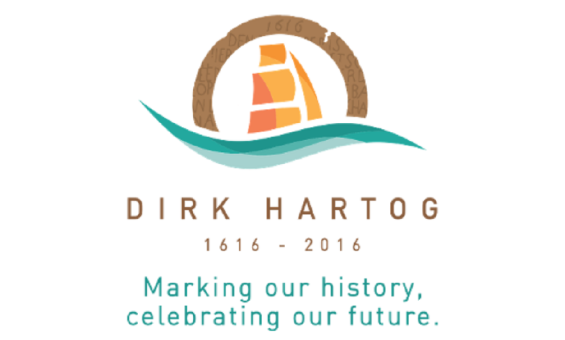Digital Classroom
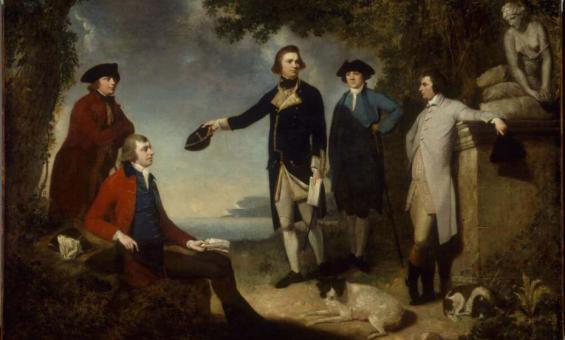
John Hamilton Mortimer, [Captain James Cook, Sir Joseph Banks, Lord Sandwich, Dr Daniel Solander and Dr John Hawkesworth], 1771, nla.gov.au/nla.obj-135646842

The botanic Macaroni, 1772, nla.gov.au/nla.obj-135987238
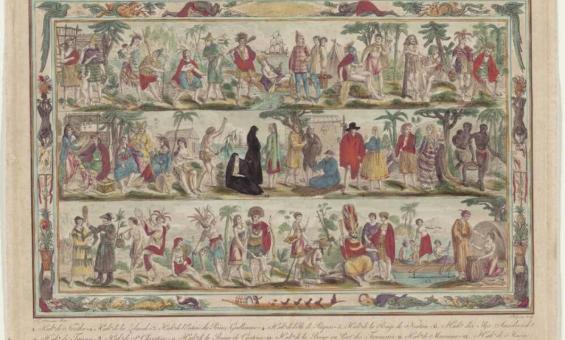
Antoine Phelippeaux and Jacques Grasset de Saint-Sauveur, Tableau des decouvertes du Capne. Cook & de la Perouse, 1798, nla.gov.au/nla.obj-135227083
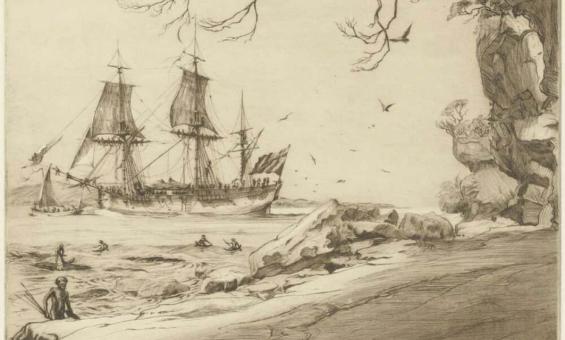
Geoffrey Chapman Ingleton, H.M. Bark Endeavour, 1937, nla.gov.au/nla.obj-135348965
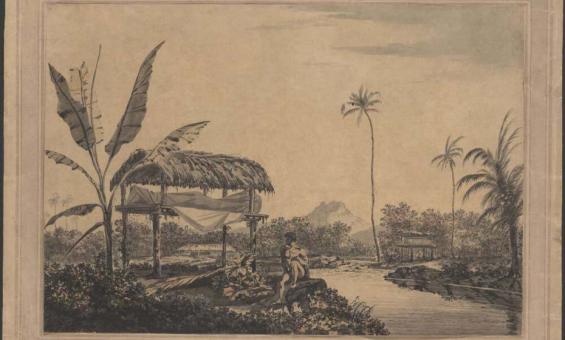
William Hodges, Otaheite, 1773, nla.gov.au/nla.obj-135152176
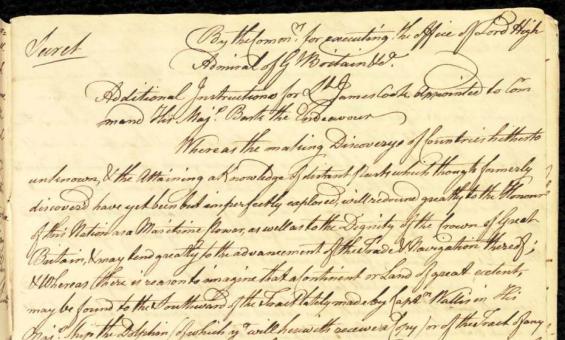
James Cook and Great Britain Admiralty, Cook's voyage 1768-71, 1768, nla.gov.au/nla.obj-229102048
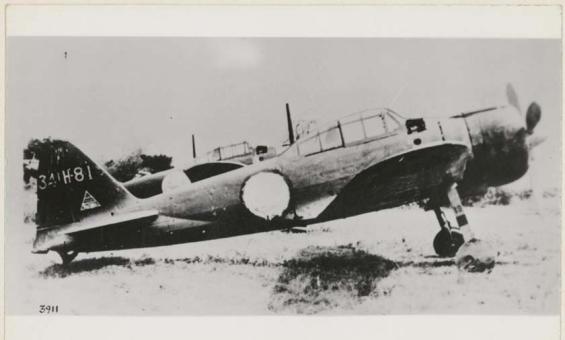
Mitsubishi A6M Zero-Sen, a Japanese single seat monoplane fighter, 1940, nla.gov.au/nla.obj-144931273
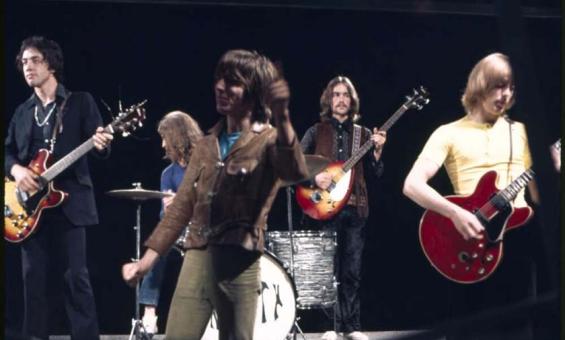
Stephen Fleay, The Easybeats rehearsing at the CBN 8 and CWN 6 television studios, Orange, New South Wales, 1970, nla.gov.au/nla.obj-151176759
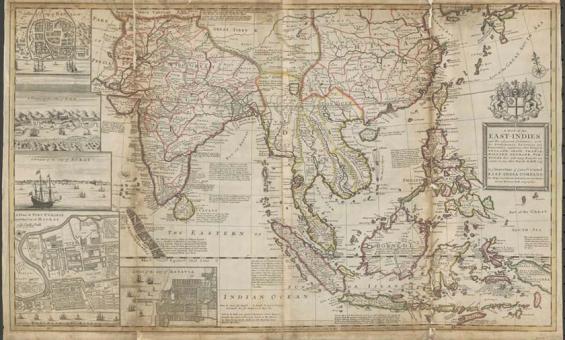
Herman Moll & William Dampier, Collection of voyages, A map of the East-Indies and adjacent countries [cartographic material] : with settlements, factories, and territories : explaining what belongs to England, Spain, France, Holland, Denmark, Portugal, etc. with many remarks not extant in any other map, 1729, nla.gov.au/nla.obj-231221936
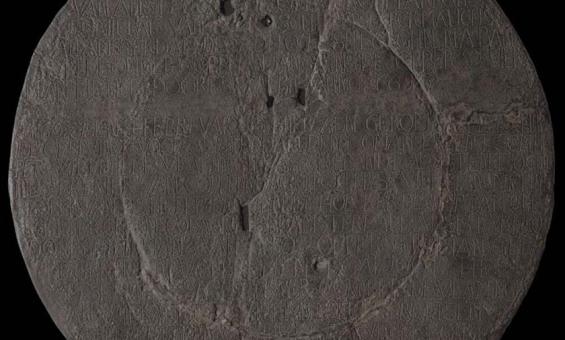
Replica of the Vlamingh Plate [realia], 1950, nla.gov.au/nla.obj-135734827
